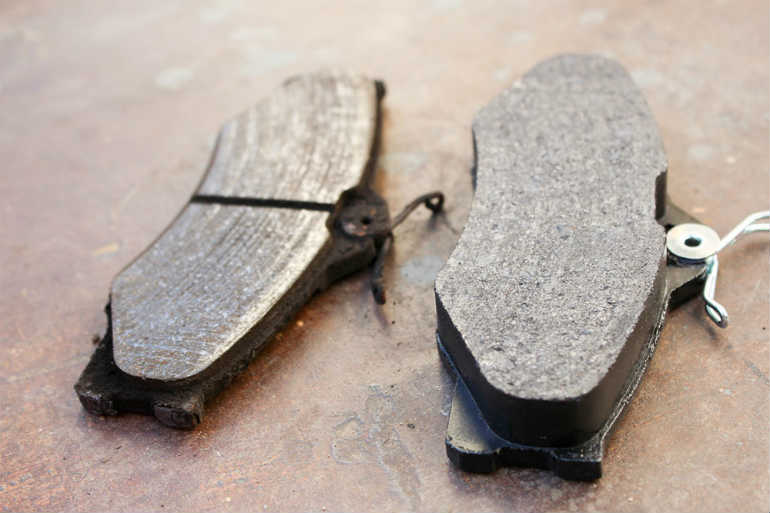Brakes have been in existence longer than the first automobile and although they were often altered throughout history, the first wooden blocks and most modern brakes work on largely the same principle. Vehicles that were among the first to adopt mechanical brakes (the upgrade from wooden blocks) may not have been exactly Wolkswagen, but their vehicles, much like braking systems have come a long way and became widely adopted.
The Beetle was VW’s first widely accepted vehicle which was then followed by their Golf series and while it didn’t come close to its predecessor’s success, it remained the brand’s best selling model until 2018. As of recently, the Polo has become VW’s best selling model worldwide. The Volkswagen group is the largest auto manufacturer today and that is because VW has stayed the people’s vehicle and people have recognised that when it comes to the brand’s attention to safety and comfort. This is where VW has put a lot of effort in, however, no vehicle comes without issues. That is why taking care of the most important safety-related components – the brakes, is key.

How Do I Know When My Brake Pads Need Changing?
Sounds
Noises are a strong indicator that the VW brake pads are worn out, usually in the form of screeching or squealing. These noises happen when the pads press onto the wheel – when applying the brake pedal.
This can happen when the brakes themselves are exposed to wet conditions. This causes a thin layer of dust to be formed on the pads and thus creates a screeching sound when you apply the brakes. You should bring in your VW to a professional, unless the sound goes away after the first couple of times.
Indicator Light & Vibrations
When the brake pedal vibrates as you press down on it or if it’s making it difficult for you to stop your vehicle there, it also means that the brake pads are worn out. A vibrating pedal is never normal nor an unsteady one so make sure to visit your nearest mechanic when this occurs.
When the brake pads are worn out and your vehicle doesn’t seem to experience these symptoms an indicator light turning on can be the warning sign. Most vehicles including WV’s have sensors that will trigger that indicator light when they become worn down so you can get them replaced even before noises and vibration become a thing.
Can You Check Your Brake Pads Without Removing The Wheels?
While the brake pads are found behind the wheel, most of today’s vehicles allow you to take a quick look at them without having to remove anything. When you spot the pad, all you need to do is verify that it has enough material on it. If it appears to be less than 4 mm thick you should get it replaced.
Types of Brake Pads

Organic
Non-metallic, NAO (Non-asbestos organic) or simply organic VW brake pads are made of different types of resins, rubbers and glasses glued together with a small amount of metal fibres. These brake pads are the replacement of asbestos pads which were proven to cause health and safety issues due to the toxicity of asbestos when avian. Organic pads are not the best performing option out there as their primary use is only for everyday driving needs.
Semi-Metallic
What the majority of WV cars have today are semi-metallic brake pads. This type is a blend of synthetics and metals bonded with an organic resin and that’s what makes them more durable and resistant to heat, as well as wear. One downside here is that in cold weather conditions semi-metallic pads require you to use more force in order to stop or slow down your vehicle.
Fully Metallic
If you want even better braking performance, a fully metallic Volkswagen brake pad is the way to go. These pads deliver a more reliable stopping power since they contain a higher percentage of metal fibres. However, remember that metal can wear out your vehicle’s rotors quickly and the more metal in the pads, the more friction thus the quicker the rotor will get worn down.
Ceramic
The latest and most expensive addition to the brake pad family are ceramic pads. These pads are made of thick and dense ceramic which allows them to perform at their best in the hottest of conditions. This means that ceramic pads are mainly used on supercars and can be a hassle to get to but will offer the best heat absorbance and they can recover quite successfully.
Although the latest and greatest in brake pad technology might seem like it’s invincible, much like metal brake pads, ceramic ones do have one enemy – the cold. Ceramic pads are difficult to get warmed up in low operating temperatures, thus making things extremely complicated when it comes to driving on the daily.
